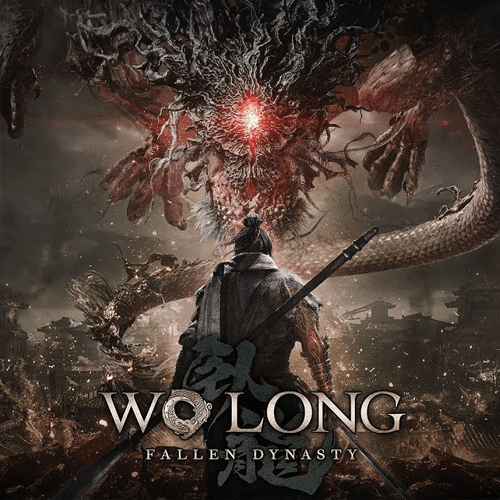Nioh of the Three Kingdoms
As far as souls-likes go, Team Ninja’s “Nioh” was one of the best with its fast paced but nuanced combat and its sequel only improved on an already solid foundation. However, instead of further expanding on the Nioh formula, Team Ninja has decided to branch out to a new IP, in a take on the famous “Romance of the Three Kingdoms”. Although I may not be too familiar with the legendary tale outside of some characters, I was excited to see what the team would do next, having completed both of the Nioh games and enjoying them quite a bit.
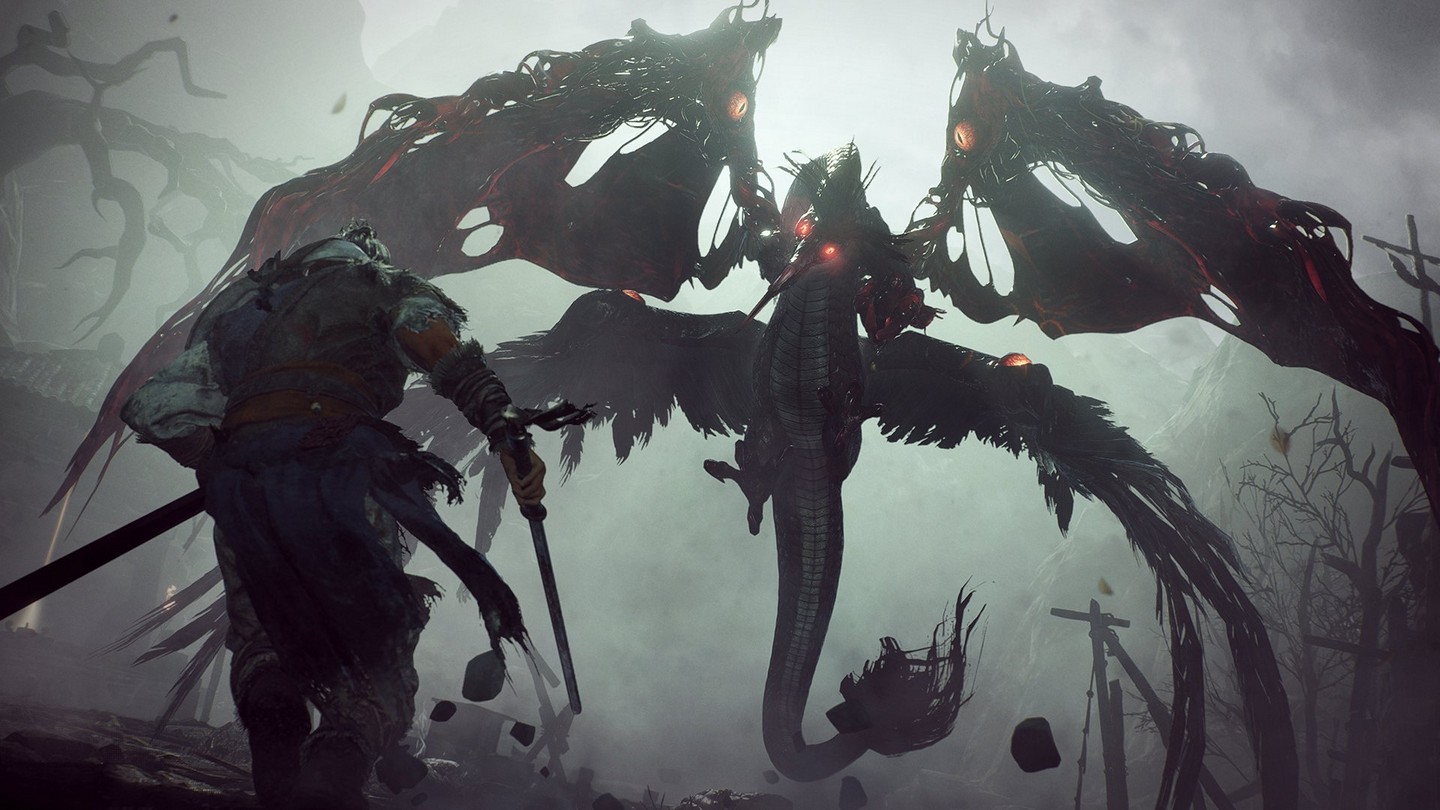
The plot of Wo Long may include some minor fantasy elements not found in the book.
MSRP: $59.99
Platforms: PC, PS, Xbox
Played on PC: i7 9700K, RTX 3080, 32GBs RAM
Price I’d Pay: $59.99
Played: 30~ hours
Steam Deck: Unverified- Boots up but basically a slideshow and unplayable.
Coming across a village aflame and under attack, the wanderer is fatally wounded protecting a blind folded youth. Despite his injuries, he is brought back from the brink and becomes embroiled in a conflict expanding the entire continent.
As someone unfamiliar with this legendary tale, it was difficult to keep track of the over dozen characters that came and went throughout the story. Perhaps if I had prior knowledge, I would have felt more engrossed in the unfolding events but ultimately, it served as nothing more than set-dressing for the next environment to explore and the big boss encounter that I would have.
Having said that, I felt much the same about the Nioh games in general where I did care much for the story and focused more on the gameplay elements and it’s the same here.
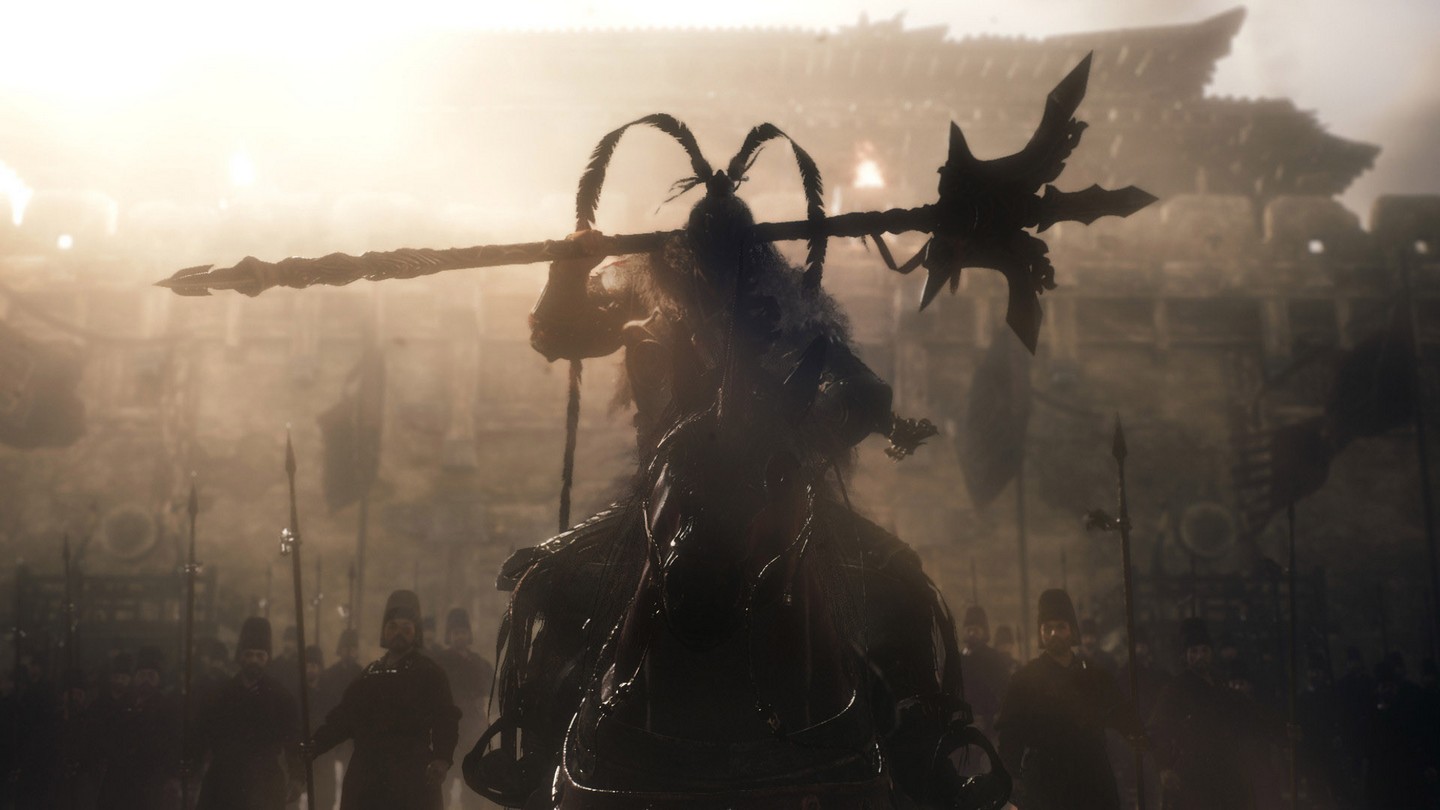
I did recognize one particular character, however.
The combat is the main course and focus of the title and it shows with a nice variety of weapons, skills and spells. My weapon of choice was a staff weapon that allowed for quick, multi-hitting attacks which allowed me to constantly keep the enemy in blockstun, along with spells that would infuse my weapon with a variety of elements to inflict status elements on the enemy.
Usually, spamming attacks would be a reckless idea as I would soon run out of stamina. In Wo Long, there is no stamina meter and I was able to attack relentlessly. However, this didn’t mean that I could just constantly attack without risk as there was a “spirit” gauge that determined my overall posture. This gauge could either be one the positive or negative and using certain types of attacks like martial arts, spells and spirit attacks or taking hits would put me on the negative while landing regular hits or parrying would put me on the positive. Being fully on the negative in the spirit gauge meant that I would be staggered for a time, open to attack so keeping an eye on this gauge at all times was crucial to success.
The martial art skills were weapon arts that were tied to specific weapons and it wasn’t enough that I learned a spell through leveling to be able to use it, I also needed to have a high enough “Morale” level to be able to cast them. Morale was the other gauge I needed to keep an eye on as it served as a sort of a secondary level exclusive to each stage that would increase by defeating enemies and capturing flags throughout the level. If the enemy had a higher morale level than I, they would do much more damage and take more to take down so there were cases where I would run into a bunch of level 15 enemies at the beginning of the stage where I was at 2-3 so it was a smart idea to take a different path to go around them. I could of course force the issue and go for it but when I got one-shotted, I had no one else to blame for my hubris.
The spells had a minimum required morale levels to be able to cast as well so I taking a load out of a bunch of level 12 morale requirement spells at the beginning of a stage just meant I wasn’t using any spells so it made me think about my loadout based on the progress I’ve made on each stage.
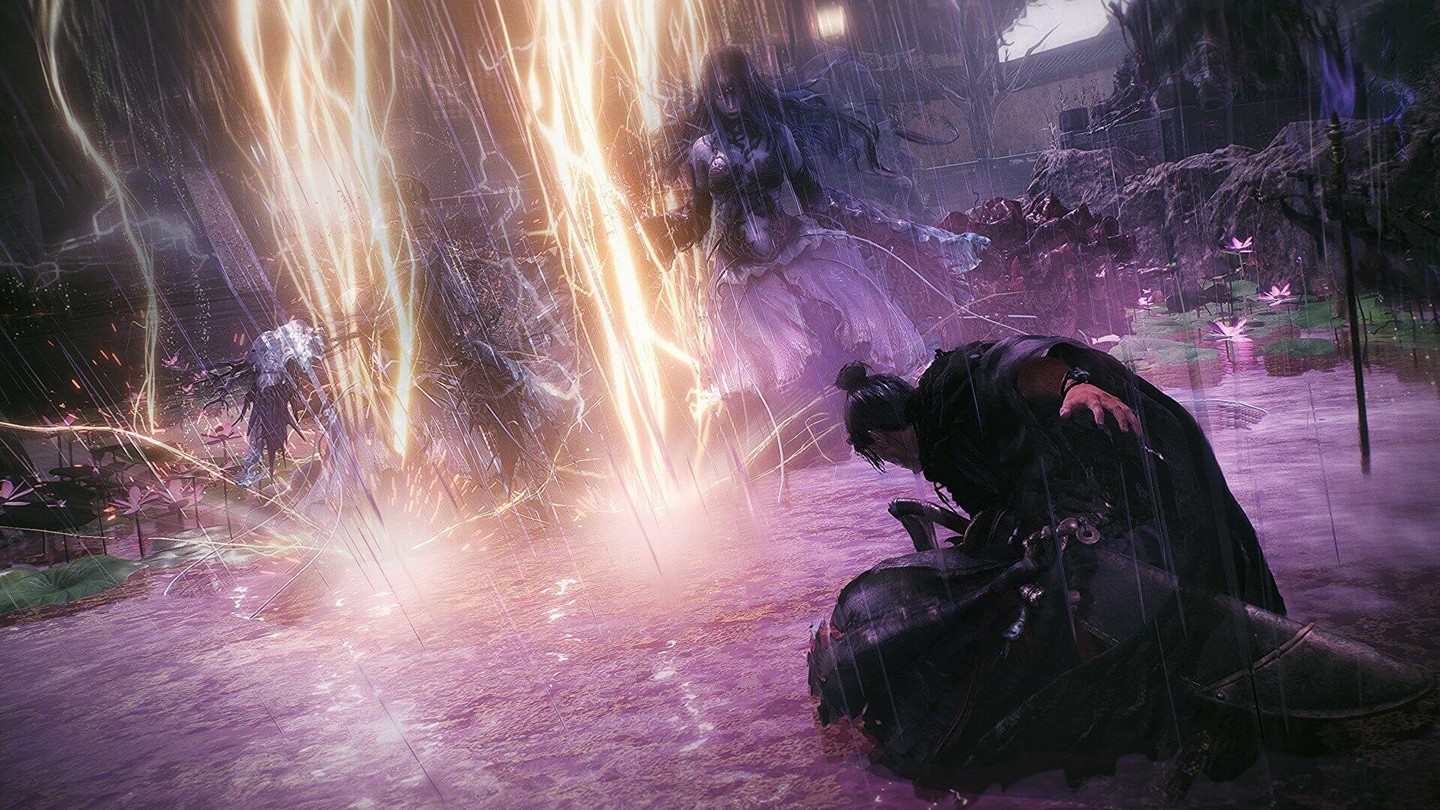
Spells are powerful but kept in check by morale requirements.
Even though there was a standard block and dodge roll, parrying attacks was often the most effective way to increase the enemy’s stagger as they often attempted critical attacks that could not be blocked and parrying these opened them up for counter attacks. The animation work for parrying attacks was fantastic and unique to each and every critical attack and the way they flowed naturally in the flow of combat was impressive.
Exploring the environments was enjoyable as well as the level design allowed for branching paths and shortcuts. Unlike Nioh, I could also jump around the environment and as finding more flags meant that I would have a higher level of morale to work with, I was rewarded quite handsomely for exploring every nook and cranny of each level.
In terms of difficulty, I found this to be one of the easiest souls-likes I’ve played to date as I didn’t find neither the stages nor the bosses to be very challenging and outside of two specific ones, I was able to one-shot most stages entirely without issue. This was due to the morale system where if I got to the boss without dying once, my level would be higher than the bosses, making the fight easier. Add to that the ability to summon two helper NPCs for most stages made progressing fairly simple.
I don’t believe this reflects poorly on the game since I’m a veteran of the genre and was using all the mechanics presented to my advantage. However, I did get the sense that compared to the Nioh series, the combat and customization felt overly simplified due to lack of weapon stances and equipment upgrading feeling very limited.
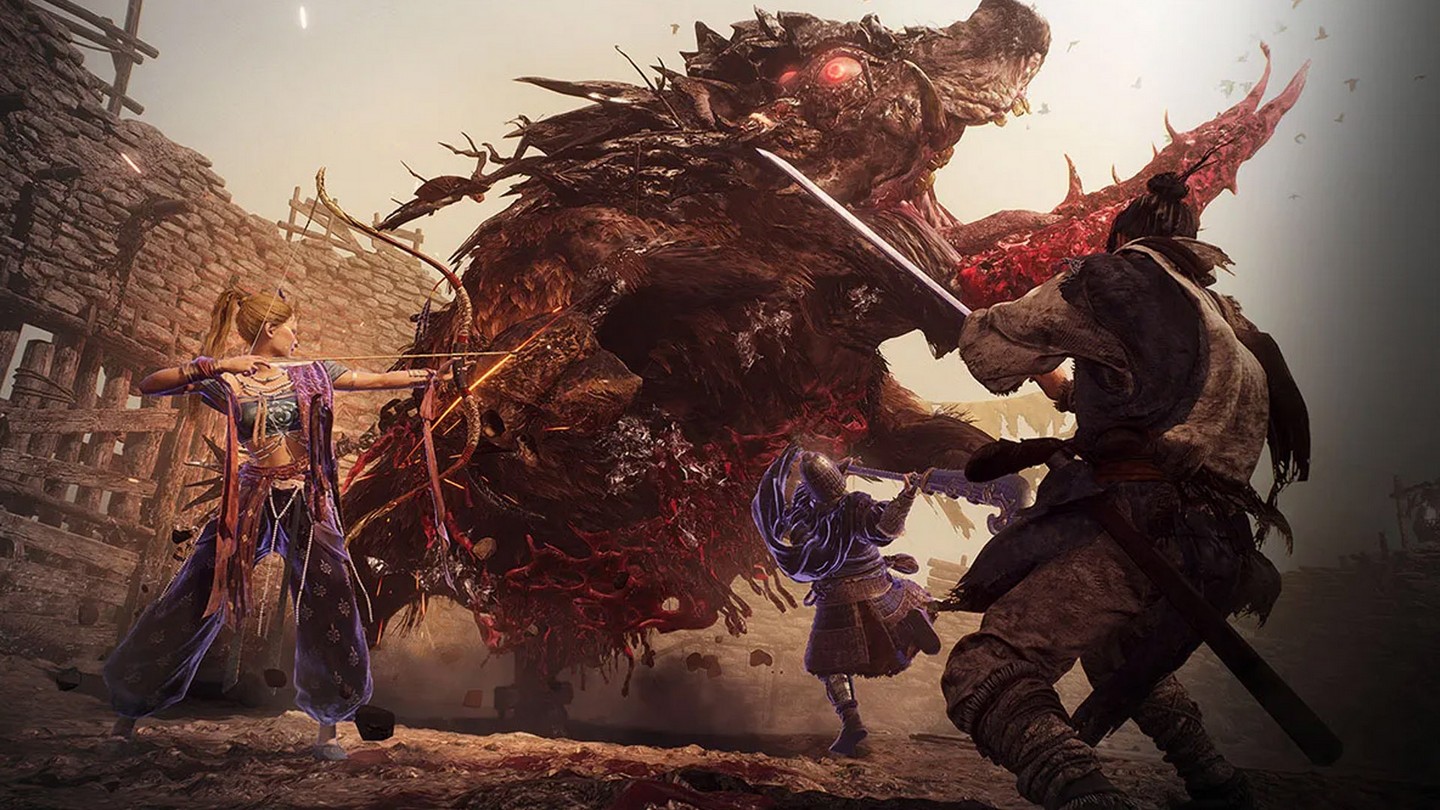
Summoning NPCs and other players is a viable option if you’re in need of some assistance or just want to partake in some jolly cooperation.
Given my time was spent playing the game on PC, I ran into some notable bugs including a flickering visual bug where characters or the entire screen would flicker and this would happen quite frequently. Add to that the game crashing basically every time I tried to close it or even some time when I was booting it made me feel that the game still needs a few more patches.
The performance was improved after a patch during the review period but still felt it could use some improvements as it does not support DLSS/FSR currently.
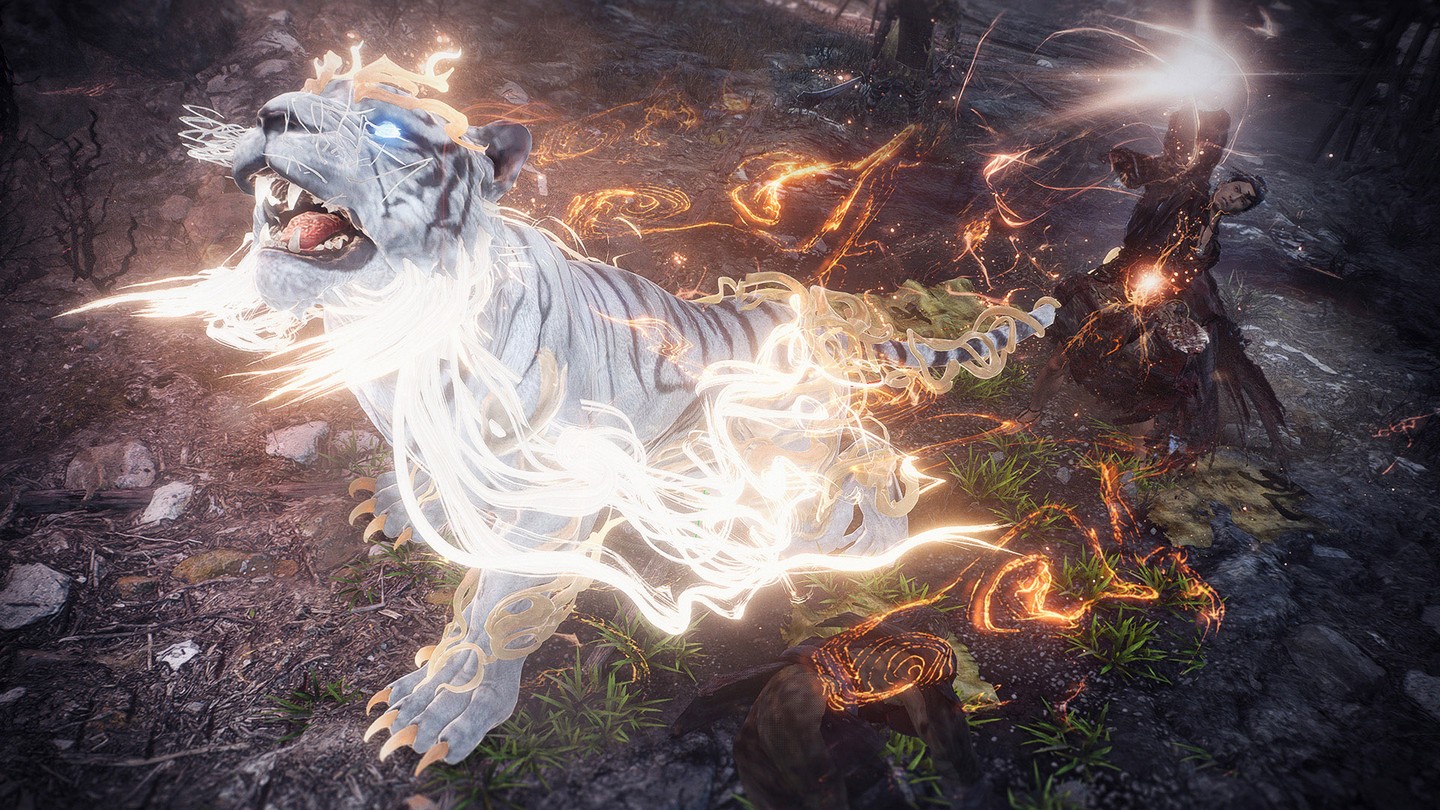
Just like Nioh, there are divine beasts that will grant you their strength.
Wo Long: Fallen Dynasty is a solid foundation for a new IP with fluid combat and fun exploration but fails to topple its spiritual predecessor due to oversimplification of customization and a lackluster PC port.
Fun Tidbit: The two bosses that required more than one or two tries were the very first boss and one known as the strongest in all the lands which felt appropriate.
Review copy of game provided by publisher.
